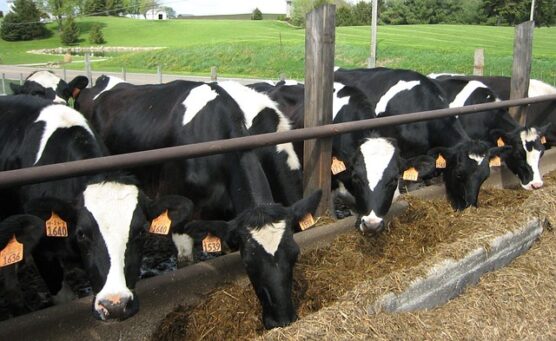The California Department of Public Health reports a total of 13 human bird flu cases have been confirmed in California. All 13 cases are Central Valley individuals who had direct contact with infected dairy cattle and were confirmed after additional testing by the Centers for Disease Control and Prevention.
Beginning next week, CDPH will report newly confirmed cases on its bird flu website. The website will be updated three times a week on Monday, Wednesday, and Friday.
Given the amount of exposure individuals with bird flu infections have with infected cows, evidence continues to suggest only animal-to-human spread of the virus in California. Additionally, based on CDC’s genomic sequencing of three California bird flu cases, there is no evidence to suggest an increased ability for the virus to infect or spread between people and no known reduced susceptibility to antiviral medications.
All individuals have experienced mild symptoms, including eye redness or discharge (conjunctivitis), and have been treated according to CDC guidance. None of the individuals have been hospitalized.
While the risk to the general public remains low, additional, sporadic human cases of bird flu are expected to be identified and confirmed in California among individuals who have regular contact with infected dairy cattle. CDPH continues to work closely with local health jurisdictions to identify, track, test, confirm, and treat possible and confirmed human cases of bird flu.
Additional Information on Bird Flu
Risk Remains Low: The risk to the general public remains low, but people who interact with infected animals, like dairy or poultry farm workers, are at higher risk of getting bird flu. CDPH recommends that personal protective equipment, or PPE, such as eye protection (face shields or safety goggles), respirators (N95 masks), and gloves be worn by anyone working with animals or materials that are infected or potentially infected with the bird flu virus. Wearing PPE helps prevent infection. Please see CDPH’s Worker Protection from Bird Flu (PDF) for full PPE guidance.
Pasteurized milk and dairy products continue to be safe to consume, as pasteurization is fully effective at inactivating the bird flu virus. As an added precaution, and according to longstanding state and federal requirements, milk from sick cows is not permitted in the public milk supply.
What CDPH is Doing: CDPH has helped coordinate and support outreach to dairy producers and farm workers on preventive measures that have helped keep human cases low in other states with bird flu outbreaks. CDPH continues to support local health departments in distributing PPE from state and federal stockpiles directly to affected dairy farms, farmworker organizations, poultry farm workers, those who handle raw dairy products, and slaughterhouse workers. To protect California farm workers from bird flu, during the last four months CDPH has distributed more than 400,000 respirators, 1.4 million gloves, 170,000 goggles and face shields, and 168,000 bouffant caps.
In addition, CDPH is working closely with local public health laboratories and local health departments to provide health checks for exposed individuals and ensure testing and treatment are available when needed. As one of the 14 states with infected dairy herds, California also received 5,000 additional doses of seasonal flu vaccine for farm workers from the CDC. Those doses will go to local health departments with the highest number of dairy farms.
CDPH has been tracking bird flu and making preparations for a possible human infection since the state’s first detection in poultry in 2022. CDPH partners closely with the California Department of Food & Agriculture (CDFA) on a broad approach to protect human and animal health. CDPH and the CDC use both human and wastewater surveillance tools to detect and monitor for bird flu, and work closely with local health departments to prepare, prevent, and lessen its impact on human health.
What Californians Can Do: People exposed to infected animals should monitor for the following symptoms for 10 days after their last exposure: eye redness (conjunctivitis), cough, sore throat, runny or stuffy nose, diarrhea, vomiting, muscle or body aches, headaches, fatigue, trouble breathing, and fever. If they start to feel sick, they should immediately isolate, notify their local public health department, and work with public health and health care providers to get timely testing and treatment.
CDPH recommends that all Californians — especially workers at risk for exposure to bird flu — receive a seasonal flu vaccine. Although the seasonal flu vaccine will not protect against bird flu, it can decrease the risk of being infected with both viruses at the same time and reduce the chance of severe illness from seasonal flu.
For the latest information on the national bird flu response, see CDC’s Bird Flu Response Update.
Like this:
Like Loading...
Related





 Tweet This
Tweet This Facebook
Facebook Digg This
Digg This Bookmark
Bookmark Stumble
Stumble RSS
RSS

























REAL NAMES ONLY: All posters must use their real individual or business name. This applies equally to Twitter account holders who use a nickname.
0 Comments
You can be the first one to leave a comment.